Life in Ballyhaunis, Ireland’s most culturally diverse town

When Manar Cherbatji, a Syrian Muslim, first came to Ballyhaunis in 1988, many people looked at her head-scarf and asked if was she a nun.
It was a comment of its time but in a radically changing ethnic landscape in Ireland, fewer places are as multicultural in 2015 as Ballyhaunis.
In fact, according to the 2011 Census, no where else is. Welcome to Ireland’s most cosmopolitan town.
The latest figures show that ‘white Irish’ people in the town account for just 40% of the town’s population. Only 92 out of 322 pupils (28.57%) in the local national school, Scoil Íosa, are of white Irish background.
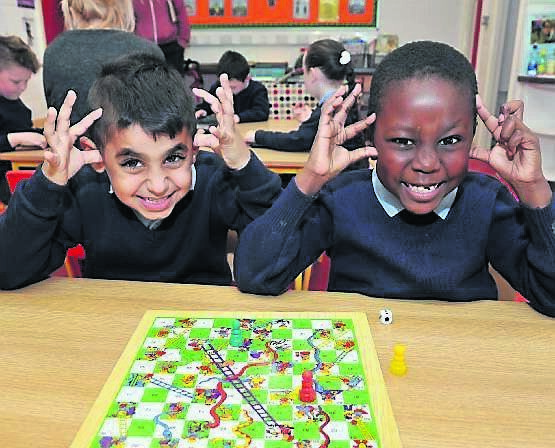
Just how has this small, rural town in east Mayo become such a diverse locale? And what can it teach the rest of the country ahead of a likely increase in the number of refugees in the coming months?
First off, Pakistani and Syrian nationals first arrived in the town in the 1970s and 1980s to set up and work in meat companies. A surge of economic migrants from Eastern Europe followed in more recent years. And then there are hundreds of asylum seekers living in the direct provision centre in the town’s old convent.
Natalya Pestova works with residents in the direct provision centre through her work with the Mayo Intercultural Action (MIA) agency.
The lack of comprehensive cultural and language orientation for newcomers is one of her bugbears as is anger that some residents have been waiting for up to 10 years for their application to be processed.
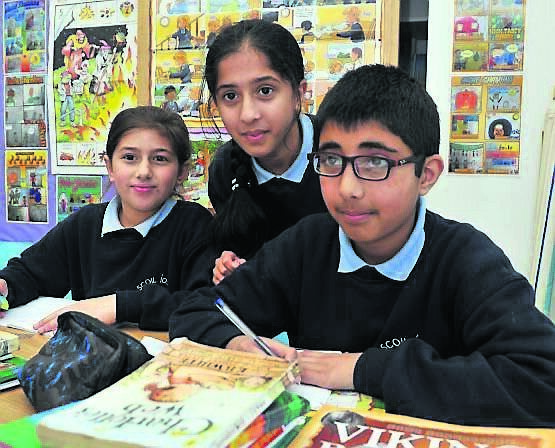
Children in the direct provision centre can also feel isolated from the children living around them because they go to rural schools outside the town, she says. The town school is full.
“They don’t know kids in Ballyhaunis and that cuts them off further and gives them much less of a chance to assimilate locally than if they were in the town school,” said Pestova.
Language has proven a significant barrier to integration among the wider new population.
Kenneth Dennedy, principal of Scoil Íosa NS in the town, attests to this. Conversing with parents about their children can be problematic.
The younger the children start school here, the faster they catch up. So what’s there for older children? A lack of learning support for new children in both Scoil Íosa and Ballyhaunis Community School is a problem. In 2009 when they had 64 less pupils, Scoil Íosa had two more teachers.
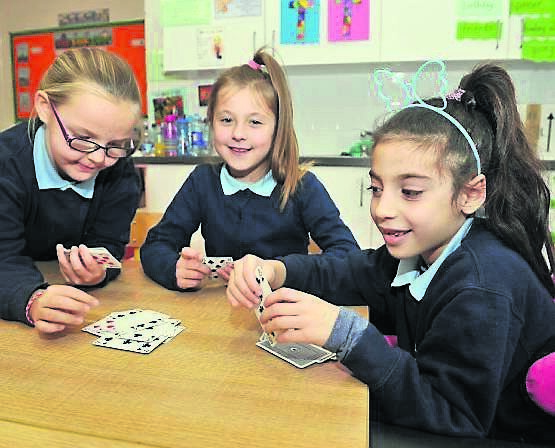
It is clear from a walk around Scoil Íosa that the children mix freely and easily, irrespective of ethnicity. There are 20 different nationalities in the school but the kids are oblivious.
“It [integration] comes naturally to them,” says Dennedy and children’s birthday parties in the town can be very multicultural gatherings.
Ballyhaunis GAA has been at the forefront of helping immigrants and asylum seekers to bed down in their new home. An integration day during the summer was a huge success and in a town like Ballyhaunis with much less social amenities than larger towns or cities, the role the club plays has been magnified.
Pakistani names have featured on Ballyhaunis hurling teams for over two decades. There are eastern European and Syrian names on the Ballyhaunis soccer team while the recently established Ballyhaunis Cricket Club is a strong outlet for members of the Muslim community.
There will always be cultural differences between people from different countries and there will be a natural sense of comfort in your culture of origin, locals and new arrivals point out. But it cuts both ways and talking to people off the record, there’s a sense that more should be done to bridge the gap between locals and the new Ballyhaunis population.
Fr Stephen Farragher has suggested a cross-cultural forum while support is growing for a full-time officer to cement links between the town’s old and new populations.
Natalya Pestova says progress is being made by organisations but argues for a more co-ordinated approach, particularly embracing residents in direct provision.
When the last programmed refugees came to Ireland, they had an integration programme in a separate facility in Ballyhaunis. Therese Ruane of MIA said it worked well in assimilating new people to the country. Such support is lacking, and badly needed, for the more recent asylum seekers in Ballyhaunis, she argues.
But large numbers of immigrants can lead to unease. There’s a conviction among some in the town that Ballyhaunis has taken more than its fair share of refugees and asylum seekers. A recent meeting of the town’s Parish Council saw members air that view.
It’s important to remember though that the need for integration is but one of the its struggles. Ballyhaunis saw a 38% surge in its population from 2006 to 2011. This immigrant-driven hike hides the exodus of thousands of the town’s youth due to a lack of graduate employment.
“We always knew that once the girls were finished education there wouldn’t be a future for them in Ballyhaunis,” says Mary Donnelly, with acceptance in her voice. Her four daughterswere all forced to move from the west of Ireland.
In that sense, despite its diversity, Ballyhaunis is, similar to most west of Ireland towns.
The Syrian immigrant: Manar Cherbatji
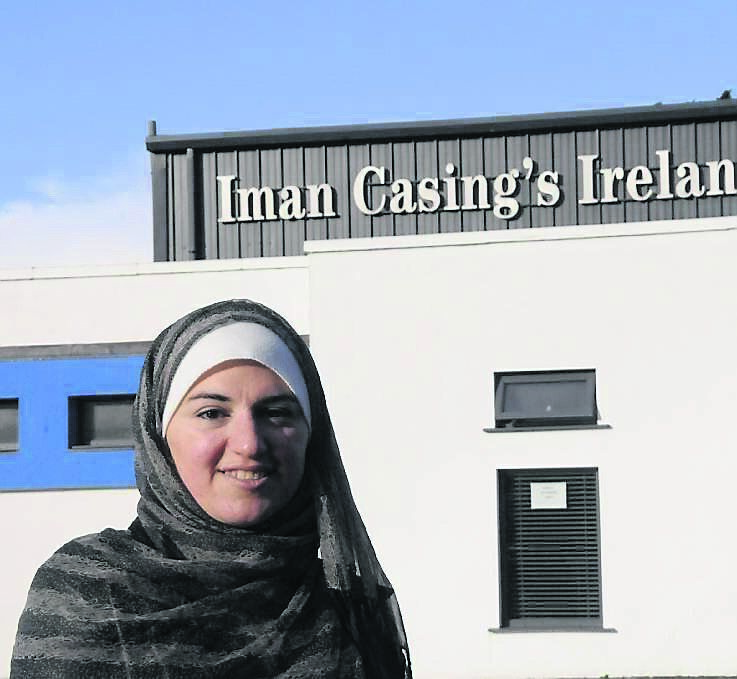
I came to Ballyhaunis 28 years ago for my honeymoon. It’s my home now. My brothers came here before me and set up a business, Iman Casings, in the town.
My husband started working with them, and after we got married, I came over on my honeymoon from Aleppo, Syria.
I fell in love with it! It’s my home now. I have four sons. I love them, they are everything in my life. The only reason I get involved in community groups is because of my boys.
I have been involved in the Family Resource Centre, the Community Council, the Defibrillator Group, and the Parents Association, in both the national and secondary school.
I used to be involved with communion and confirmation in the church. I remember the first time when I went to the Mass here in Ballyhaunis. It was at communion time, and I wanted to go for my children, because I don’t want my children to feel different. I was nervous. The priest, he came and he welcomed me and I was thinking that’s so nice. I remember there were a few priests here in Ballyhaunis, and they were so nice and welcoming. I’ll never forget that. I felt so welcome.
Since then, I can’t stop going to Mass! That is God’s house. It is for everyone. I love going to holy places myself, the Mosque, and the church. We do not take Communion because we are Muslim. I just sit there at Mass.
At first, I found I couldn’t speak to the parents. I wanted to but I could only say a few words. I am a social person. I love talking to people so then I started doing courses. I did an English course and a parenting course. I did the parenting course because my children are growing up in Ireland and I grew up in Syria, they are very different countries to grow up in.
I have twin boys, Mohammed and Nadeem, Mouhanad is next, and the baby is Niall, we gave him an Irish name.
My sons used to play GAA until they went to college. I used to go and support and say ‘come on!’ I used to take them if they were playing in other places. I had a lovely time with them.
Myself, I think everybody should get involved because... It’s for their children, it is for themselves, it’s for Ballyhaunis, and it is for Irish people to understand the culture of different nationalities.
Ballyhaunis Tidy Towns and Ballyhaunis Community Council: Mary Donnelly
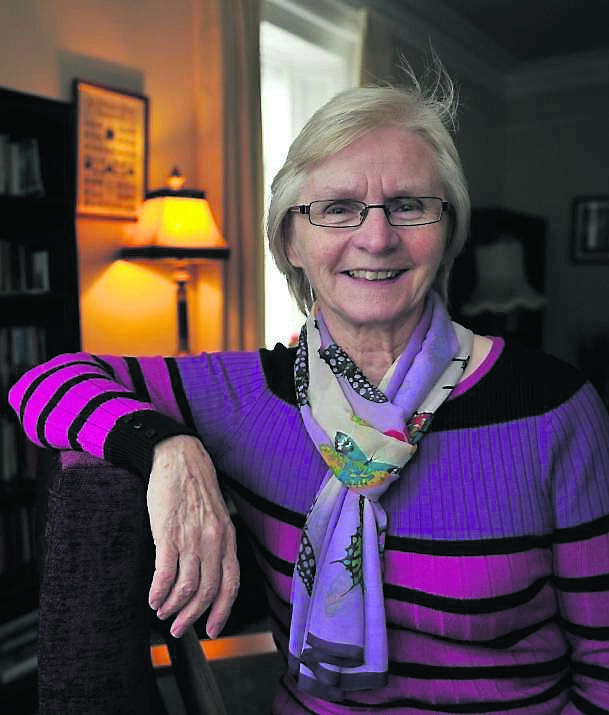
There are such a mix of people from different backgrounds and I’m not sure Ballyhaunis is in a position to take many more asylum seekers.
The indigenous population is coming close to being the minority and the social cohesion of the town is under threat. The migrants don’t take an active a part in the social economy of the town.
With the Tidy Towns asylum seekers come to help but then look for a letter for their asylum application so we can state they are an upstanding member of the community.
Some of them are very good, they really roll up their sleeves when they come to help us.
From a community point of view, the locals are trying to keep voluntary organisations going. There is a serious amount of work being done by the Community Council, Tidy Towns, the Defibrillator Group and so many more.
There is quite a cost and they have to fundraise. GAA, soccer and rugby are strong here too and provide a good outlet for youth and young adults.
But it is difficult to get people involved. It is difficult to raise money too because you are approaching the same people all the time.
There is a large cohort in the town not involv ed in fundraising and community effort but the benefits are there for everyone.
Ballyhaunis Community School Principal: David McDonagh
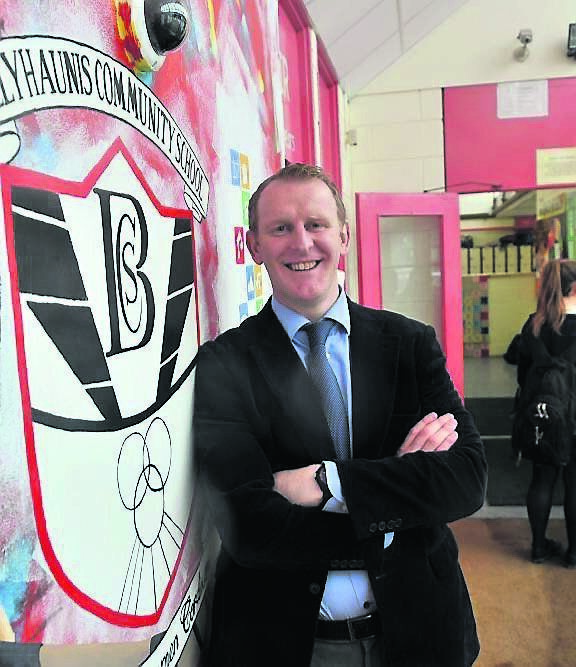
We have 28 nationalities in the school. It is something that we celebrate in the school and we promote the similarities that exist between the nationalities and we celebrate the differences.
From an integration perspective the lack of extra resources for people coming in aged 15, 16 who have very little English and, in some instances, no English at all, creates major challenges for us.
We are fortunate enough, particularly in relation to students from the Muslim background, that the school has built up support structures in the community going back over a good number of years so there are a number of existing and former parents of students who we do call on to assist with interpreting so those support structures are in place.
It can be more challenging for eastern European students because the same support structures are not in place just yet. I have to say we are satisfied with the level of integration that goes on.
Students get along quite well. There’s never been any flashpoints from a race perspective. Having said that at lunchtimes students with similar backgrounds do hang around and that’s understandable and that happens in all walks of life.
There’s no doubt about it because of the diverse nature of the school we do face challenges in relation to integration on a social level and even the events in Paris earlier this month can sometimes throw a spotlight on issues that we as a school need to deal with.
We do address them at regular stages throughout the year.
Parish priest: Fr Stephen Farragher
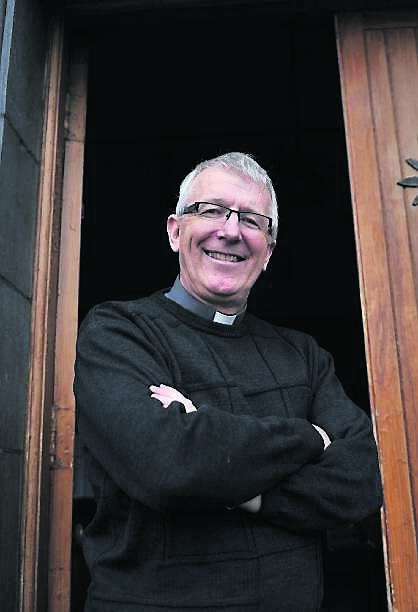
The real work with integration happens in the schools. From the moment the kids go into the school they are treated with respect. There is an impression out there of Catholic schools being all about Catholic indoctrination. The ethos of Catholic schools is of respect for all religions and none and Scoil Iosa (national school) is a prime example of that.
It is a credit to a market town of its size that it has absorbed so much ethnic diversity over 20 to 30 years with relatively few problems. However, the language barrier is often a big barrier. I would love to have a forum for all the different communities to discuss matters of common interest. Maybe it is just waiting for leadership.
By and large, integration has done quite well. That’s thanks to the schools, organisations like the GAA, Tidy Towns who make the effort to involve every nationality.
Eastern europeans and Africans are very welcome in this church indeed, as are people of other religions and eastern Europeans have acted as readers and eucharistic ministers. There was a Polish mass here but it was stopped because the Polish community wanted to integrate more and go to the regular mass.”











